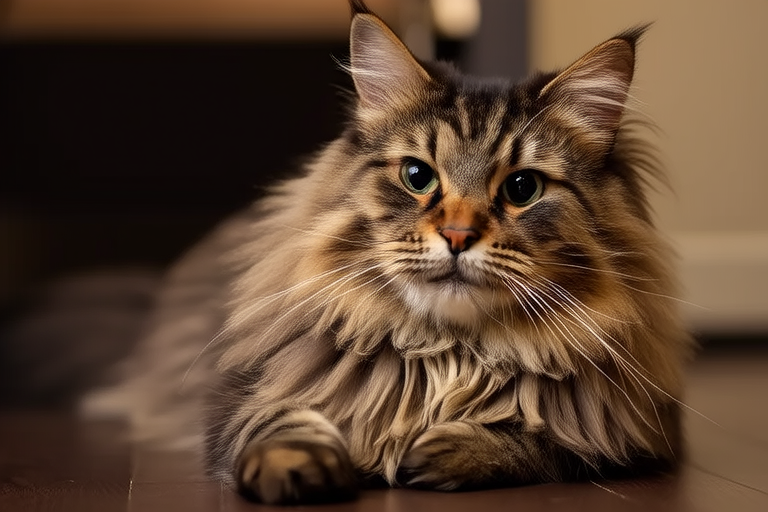Unraveling the Mystery Behind the Maine Coon’s Giant Paws
The Maine Coon is one of the largest domesticated breeds of cats, renowned for its impressive size and striking appearance. Originating from the northeastern United States, this breed has captured the hearts of many pet lovers with its unique physical traits, most notably its enormous paws. These oversized appendages are not merely a quirk of nature but serve several vital purposes that have shaped the Maine Coon’s survival and adaptability.
The Unique Physical Characteristics of the Maine Coon
Maine Coons are known for their robust build, tufted ears, and long, shaggy coats, all of which contribute to their distinctive look. However, it is their unusually large paws that set them apart. These paws are often compared to those of a raccoon, hence the breed’s name. The Maine Coon’s paws are not just large; they are also webbed, which aids in swimming. This characteristic, along with their thick fur, makes them well-suited for life in colder climates.
The Evolutionary Reasons Behind Large Paws
The Maine Coon’s large paws can be traced back to its origins in New England, where harsh winters and icy landscapes were common. The breed is believed to have descended from domestic cats brought over by European settlers and local wildcats. Over time, natural selection favored cats with larger paws, which provided better traction on snow and ice, enhancing their hunting capabilities and mobility.
Scientifically, the Maine Coon’s large paws are an example of adaptive evolution. Larger paws increase surface area, which helps distribute the animal’s weight more evenly, making it easier to walk on soft or uneven surfaces like snow. This adaptation has been observed in other animals living in similar environments, such as the snowshoe hare, which uses its wide feet to move efficiently across deep snow without sinking.
Practical Benefits of Large Paws
The Maine Coon’s large paws offer numerous practical advantages. Firstly, they improve the cat’s swimming ability. The webbing between the toes acts like flippers, providing propulsion through water. This trait has earned the Maine Coon a reputation as a skilled swimmer, a rare talent among domestic cats. In fact, some Maine Coons have been known to chase after ducks or fish in ponds, much like their wild feline relatives.
Secondly, these paws are excellent for navigating snowy terrain. The increased surface area prevents the cat from sinking into the snow, allowing it to move quickly and efficiently. This feature is crucial for cats that live in regions with heavy snowfall, where swift movement can mean the difference between finding prey and going hungry.
Caring for Your Maine Coon’s Paws
As a Maine Coon owner, it is essential to ensure your cat’s paws remain healthy and functional. Regular grooming is necessary to remove any debris or ice that may accumulate between the toes. This can be done using a soft-bristled brush or a damp cloth. Additionally, trimming the fur around the paws can help prevent matting and reduce the risk of injury.
During winter months, consider applying a paw balm or petroleum jelly to protect against the harsh elements. This will create a barrier that keeps moisture out and helps prevent cracking. If your cat spends a lot of time outdoors, inspect its paws frequently for signs of frostbite or damage from salt or chemicals used on roads and sidewalks.
Exercise is another important aspect of maintaining paw health. Encourage your Maine Coon to play and explore indoors, especially when the weather is poor. This will keep their muscles strong and flexible, ensuring optimal paw function.
Conclusion
The Maine Coon’s giant paws are more than just a charming feature; they are a testament to the breed’s remarkable adaptation to challenging environments. From aiding in swimming to navigating snowy landscapes, these paws have played a crucial role in the Maine Coon’s survival and success. As an owner, understanding and caring for these unique appendages is key to ensuring your cat remains healthy and happy.
